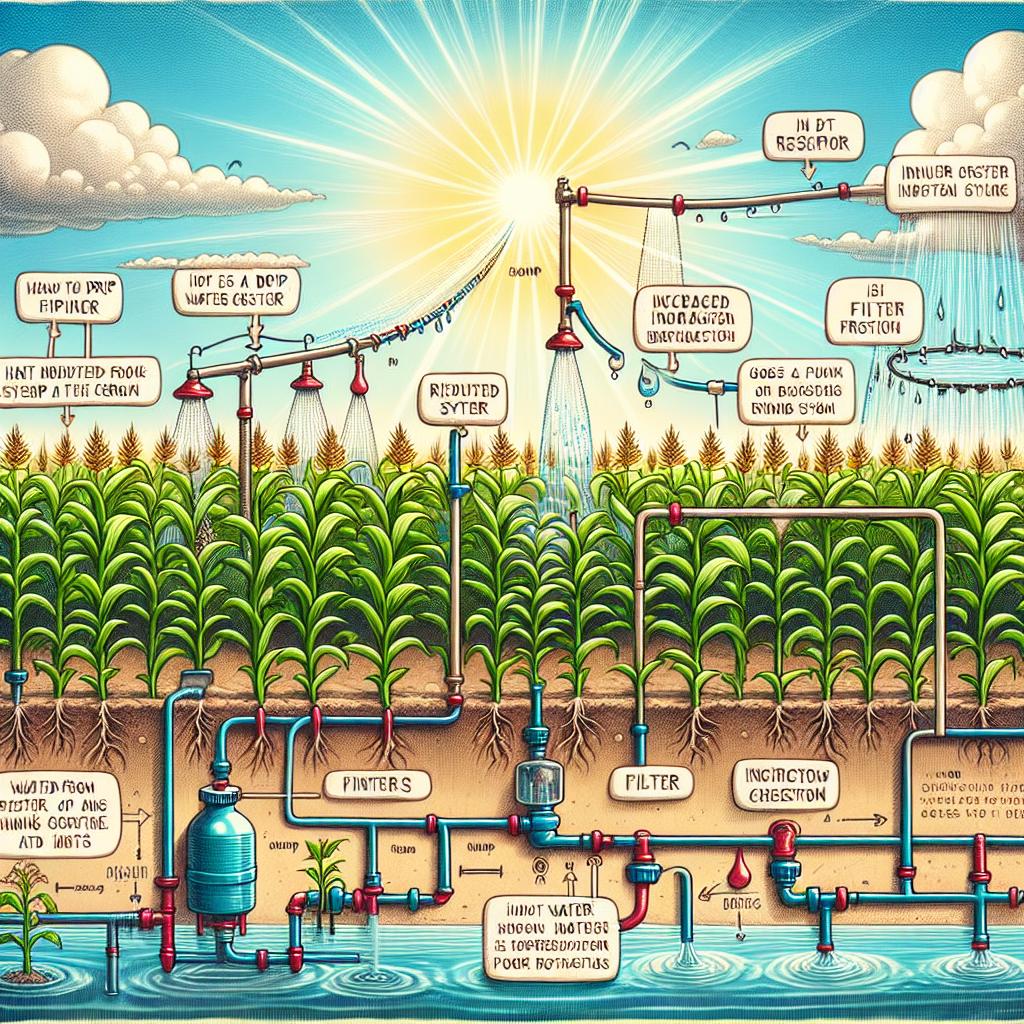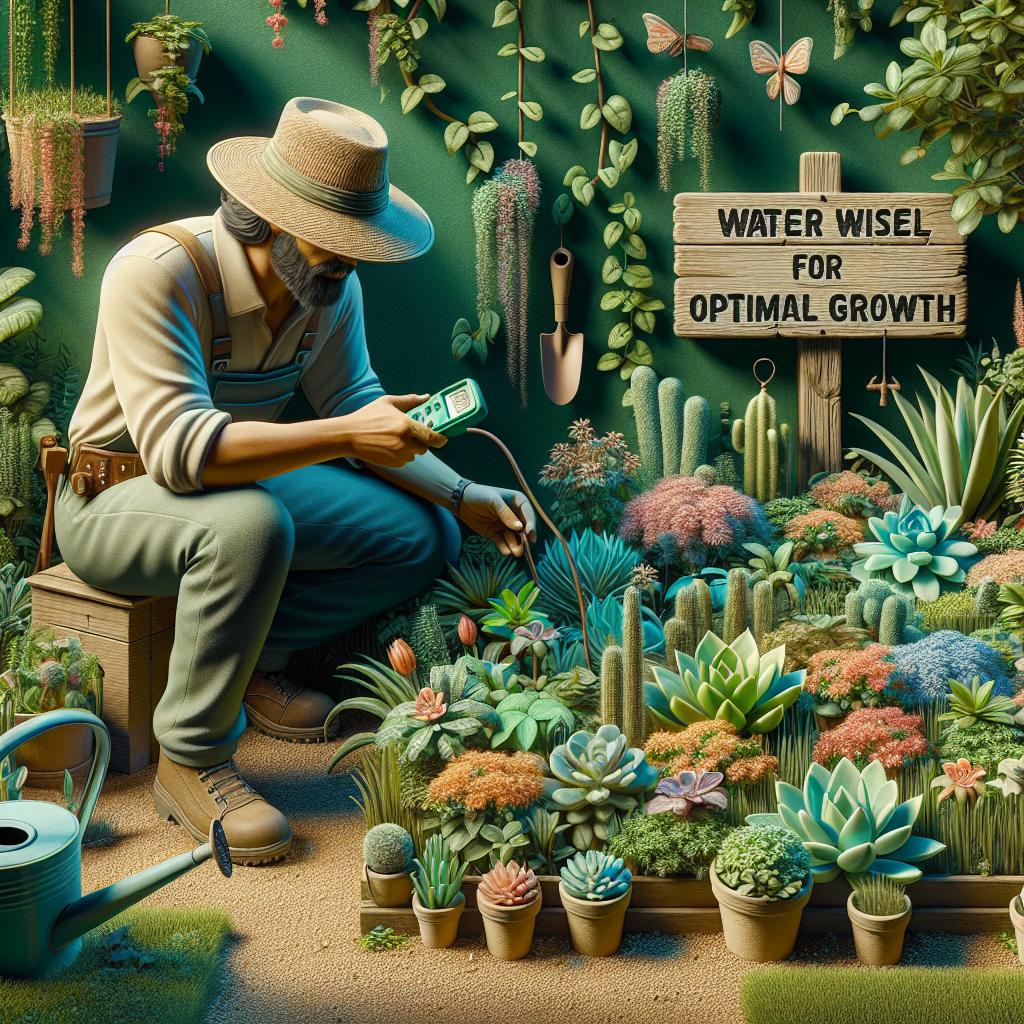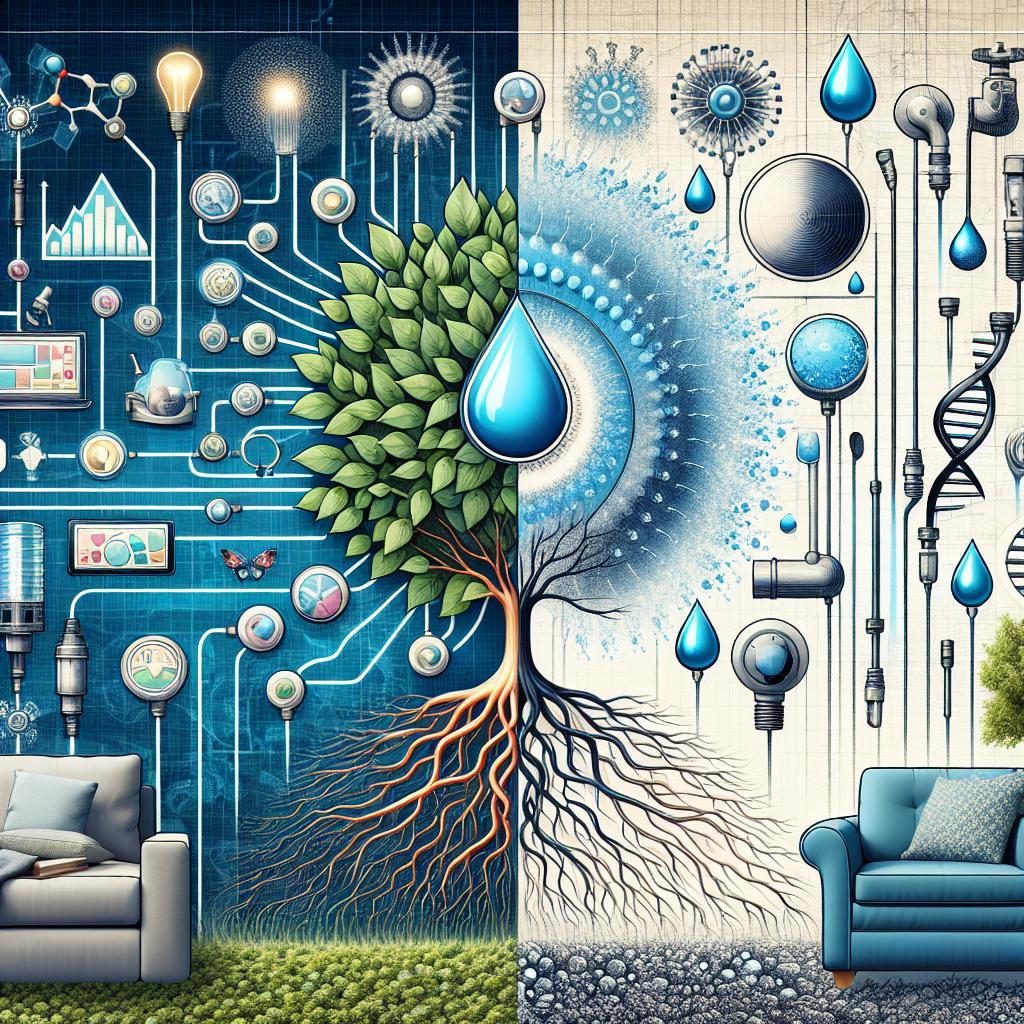This post may contain affiliate links which means I may receive a commission for purchases made through links. Learn more on my Private Policy page.
Drip Tape vs. Drip Line Irrigation: What’s the Best Fit for Your Garden?
As the sun rises and casts a golden hue over your garden, each droplet of water becomes a promise—a promise of growth, health, and bountiful harvests. But as any seasoned gardener knows, the key to nurturing that promise lies not just in the soil, but in how we deliver that vital resource: water. Enter the world of drip irrigation, where every single drop counts!
In this article, we’ll navigate the lush landscape of drip tape and drip line irrigation—a duo that has revolutionized how we water our plants. Whether you’re a green-thumbed guru or just beginning your horticultural journey, understanding the nuances between these two methods can help you cultivate a thriving garden that flourishes with life. So grab your gardening gloves, and let’s dig into the key considerations that will guide you in choosing the right irrigation system for your specific needs!
Understanding the Basics of Drip Tape and Drip Line Irrigation
Drip tape and drip line irrigation systems are both innovative methods designed to promote water efficiency in agricultural practices, yet they have distinct characteristics that can impact their effectiveness based on specific farming needs. Drip tape is typically made of a thin, flexible material that allows water to seep out along the entire length, providing uniform moisture to plants. It is particularly advantageous for row crops and has a shorter lifespan, which makes it a suitable choice for transient planting schedules. Some of the key features include:
- Ease of installation: Drip tape can be laid out easily on the soil surface, suitable for less permanent farming.
- Low initial cost: This system requires a smaller investment upfront.
- Ideal for annual crops: Works best with plants that cycle quickly.
On the other hand, drip lines boast a more robust construction, featuring thicker tubing that often includes integrated emitters spaced along the line. This design not only enhances durability but also facilitates long-term use, making it favorable for permanent crops such as orchards or vineyards. The advantages of drip lines encompass:
- Longevity: They can last several years, reducing replacement costs over time.
- Versatility: Suitable for a wide range of plant types and growing conditions.
- More precise control: Allows for better customization of water flow rates based on specific crop needs.
| Feature | Drip Tape | Drip Line |
|---|---|---|
| Material | Thin, flexible | Thicker, durable |
| Life Span | 1-2 seasons | 5+ seasons |
| Cost | Lower initial expense | Higher initial investment |
| Best For | Annual crops | Permanent crops |

Evaluating Your Watering Needs for Optimal Growth
Understanding the specific watering needs of your plants is essential to ensuring their healthy growth and development. Factors such as soil type, plant species, and climate conditions play a significant role in determining how much water your garden requires. Consider the following aspects when evaluating your watering needs:
- Soil Moisture: Conduct regular moisture checks to see how quickly water is absorbed and how often you need to irrigate.
- Plant Size and Type: Larger plants and those with higher water requirements will demand more frequent watering.
- Weather Conditions: Hot and windy days will increase evaporation rates, meaning you might need to adjust your schedule accordingly.
- Growth Stage: Young seedlings could require more moist conditions compared to established plants.
Additionally, understanding how drip tape and drip lines deliver water to your plants can help you make the best choice for your irrigation system. Drip tape usually provides a more uniform distribution of water over a wider area, ideal for crops like vegetables that need consistent moisture. In contrast, drip lines can offer more control over specific zones, making them suited for plants with varying water requirements. Here’s a quick comparison:
| Feature | Drip Tape | Drip Line |
|---|---|---|
| Water Delivery | Uniform over large areas | Targeted to specific plants |
| Installation Cost | Lower | Higher |
| Longevity | Shorter lifespan | Longer lifespan |
| Maintenance | Lower | Higher due to emitters |

Cost-Effectiveness: Making Your Investment Count
When weighing the investment in drip tape versus drip line irrigation, understanding the long-term benefits and cost implications is essential. Drip tape systems, often more affordable initially, can provide significant savings in water usage and labor over time. They are particularly beneficial for short-term crops due to their ease of installation and removability, making them a popular choice for seasonal growers. However, their durability and lifespan may be limited compared to drip lines, which could lead to greater replacement costs in the future. Here’s a breakdown of some influencing factors:
- Initial Costs: Drip tape can be less expensive to set up.
- Longevity: Drip line systems generally last longer, making them a worthwhile investment for permanent installations.
- Labor Costs: Drip tape reduces labor needs due to its simple setup.
- Water Efficiency: Both systems can significantly reduce water waste if properly managed.
It’s also important to consider the scale and type of your farming operation. For large-scale farming, the initial investment in drip lines might yield higher returns over several years, as the efficiency and durability of the system enhance crop yields and reduce overhead. Beyond just the purchase price, factors like maintenance costs and replacement frequency also play a significant role in determining the overall financial impact. Here’s a quick reference table summarizing key cost considerations:
| Feature | Drip Tape | Drip Line |
|---|---|---|
| Initial Investment | Lower | Higher |
| Lifespan | 1-3 Seasons | 5-10+ Seasons |
| Water Efficiency | High | Very High |
| Labor Requirement | Less | More |

Installation and Maintenance Tips for a Seamless Experience
To ensure a smooth installation of your irrigation system, start by carefully selecting the right materials that fit your garden’s specific needs. Consider using high-quality drip tape or drip lines based on your crop types and row spacing. The installation process can start with laying out the tape or line for optimal coverage and efficiency. Don’t forget to check for the following:
- Soil Condition: Ensure the soil is free of debris that can clog emitters.
- Water Source: Connect to a reliable source with adequate pressure.
- Distribution: Position drip tape or lines evenly to avoid over- or under-watering.
Regular maintenance is crucial for prolonging the life of your irrigation system. Schedule inspections to check for leaks or blockages and perform routine cleaning of your filters and emitters. Here are some helpful tips for keeping everything in top condition:
- Flushing System: Regularly flush the system to clear out any accumulated sediment.
- Monitor Performance: Watch for uneven watering patterns, adjusting as needed.
- Seasonal Preparation: Winterize systems in cold climates to prevent damage from freezing.
Key Takeaways
In closing, choosing between drip tape and drip line irrigation is more than just a decision—it’s a path to nurturing your plants while conserving resources. Each option offers its own set of unique benefits, tailored to different gardening styles, crop types, and environments. By weighing the key considerations outlined in this article, you can make an informed choice that not only meets the needs of your plants but also fits seamlessly into your gardening routine.
Whether you opt for the versatility of drip tape or the robustness of drip line systems, your plants will undoubtedly thrive under the gentle embrace of efficient irrigation. Remember, gardening is a journey filled with learning and adaptation, and with the right tools in your shed, you’re setting yourself up for lush growth and bountiful harvests.
So, roll up your sleeves, grab your watering gear, and let your gardening adventure begin! Happy planting! 🌱✨
This post may contain affiliate links which means I may receive a commission for purchases made through links. Learn more on my Private Policy page.

